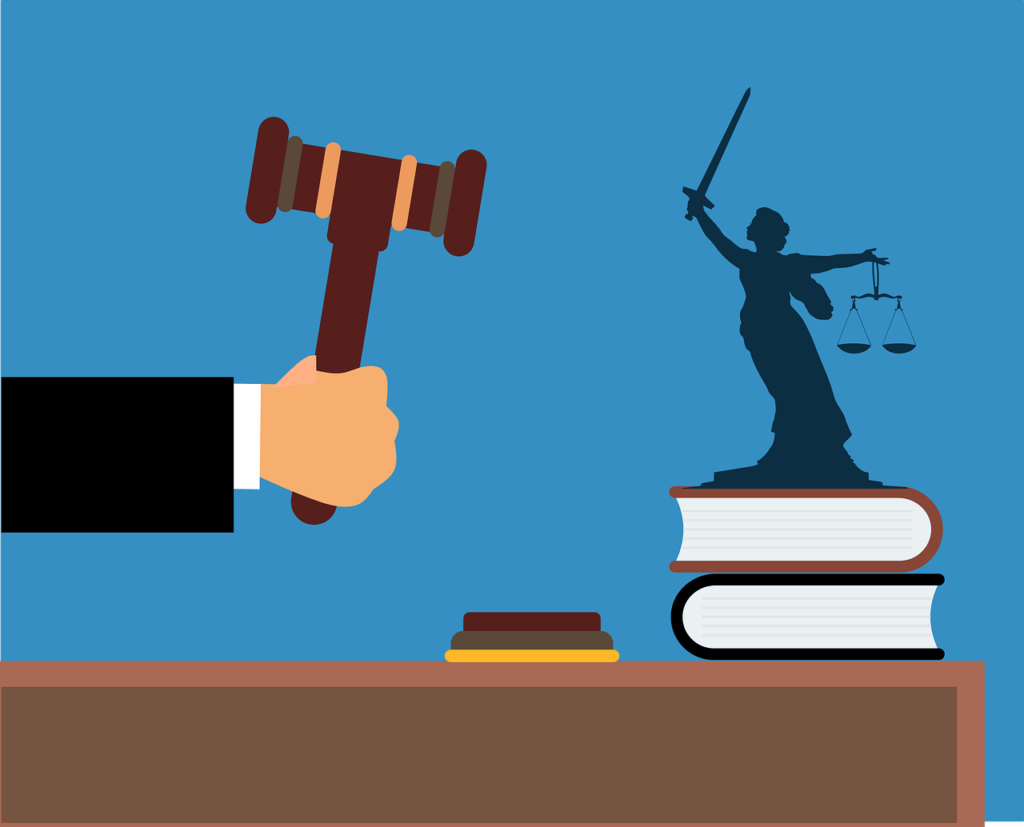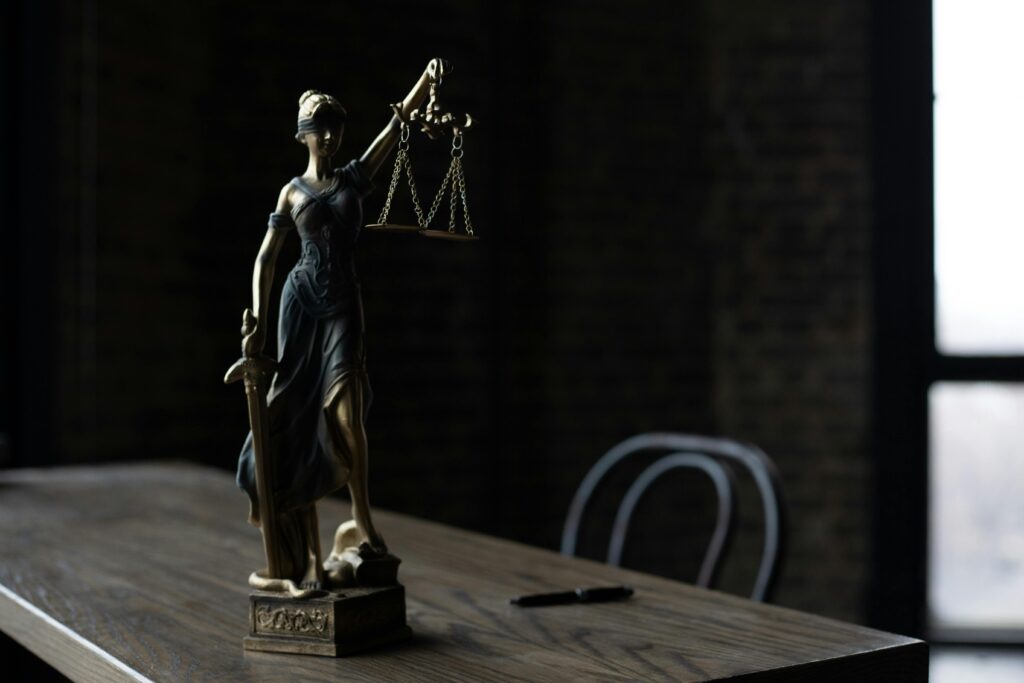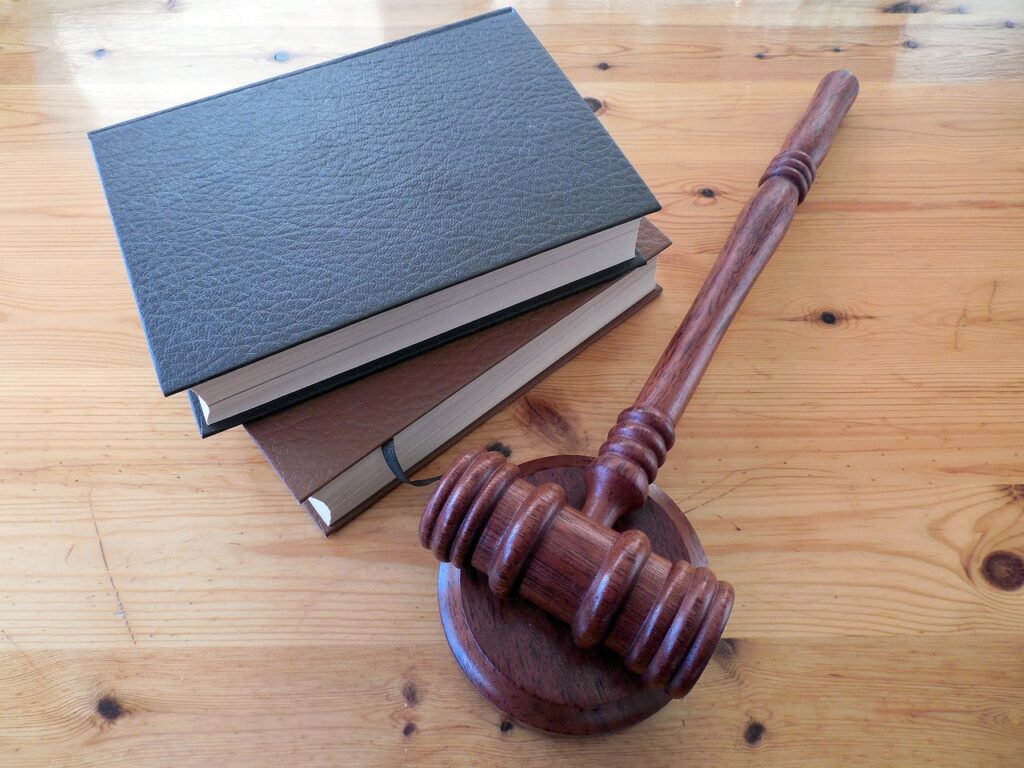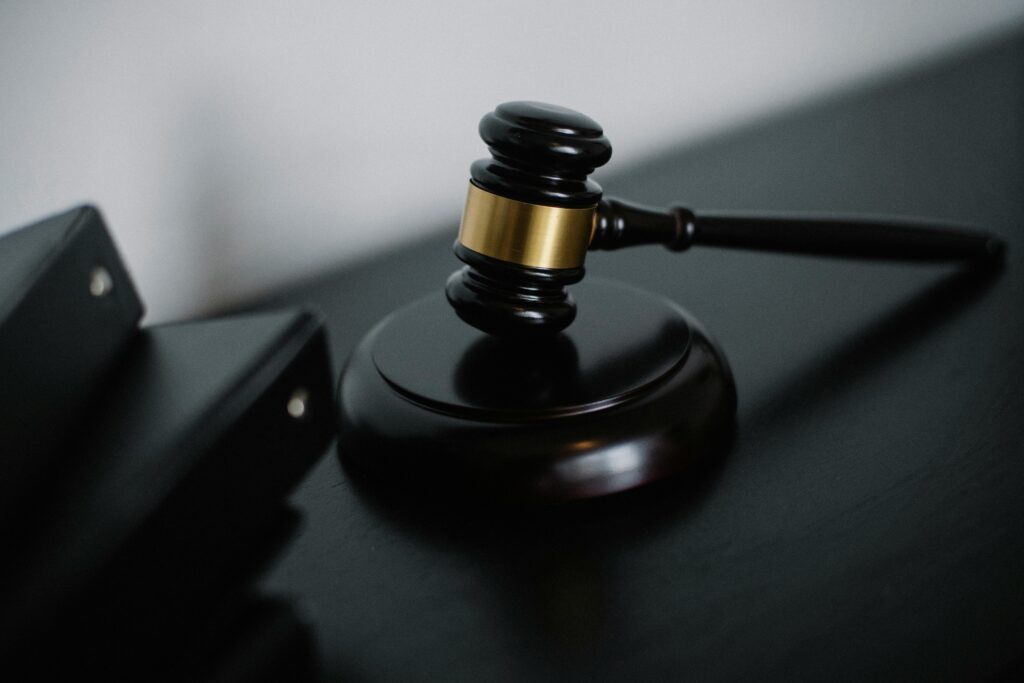Published On: September 27th 2025
Authored By: Akshat Aryan
Amity Law School
Introduction
Freedom of speech and expression is one of the most important rights in a democracy. It is not merely a right but the heart and soul of any participatory democracy. In the case Romesh Thappar v. State of Madras (1950)[1], Chief Justice Patanjali Shastri stated: “Freedom of speech and of the press lay at the foundation of all democratic organisations, for without free political discussion no public education, so essential for the proper functioning of the process of popular government, is possible.” This observation highlights that a democratic system can function effectively only if voices are raised, challenged, and heard without fear of repression.
This support for freedom of speech and expression is nothing new. Centuries earlier, French thinker Voltaire famously said, “I disapprove of what you say, but I will defend to the death your right to say it.” These words serve as a reminder that the strength of freedom of speech lies not only in how it protects agreeable speech but also disagreeable speech.
However, speech can be a double-edged sword. Speech has sometimes acted as a catalyst for violence and loss of life around various parts of the world. For example, in India, politicians employed provocative speeches during the 1984 anti-Sikh riots that resulted in the killing of over 3,000 Sikhs[2]. Similarly, the Gujarat riots of 2002 were triggered by communal anger following the Godhra train massacre that saw the deaths of around 1,000[3] people, the majority being Muslims. In 2013, provocative speeches and hate campaigns in Uttar Pradesh gave rise to Muzaffarnagar riots in which 60 people died and thousands were displaced[4].
Elsewhere, a global trend has emerged where social media-enhanced hate speech encouraged ethnic cleansing, which led to the deaths of thousands and caused hundreds of thousands to flee Myanmar during the Rohingya crisis of 2017[5]. In 2019, the Christchurch mosque shootings in New Zealand again underscored the fatal impact of online hate, where a hate-radicalized white supremacist gunned down 51 Muslims while live-streaming the attack. These incidents demonstrate the dangerous potential of unregulated hate speech in driving real violence and mass human suffering.
Chief Justice Patanjali Shastri also emphasized in the same judgment that “this freedom, like other freedoms, cannot be absolute but is subject to well-known exceptions acknowledged in the public interest, which in India are enumerated in Article 19(2) of the Constitution.”
Thus, while freedom of speech is important, it must be balanced against the need for public order and the protection of vulnerable communities.
This article will analyze the complex relationship between freedom of speech and hate speech and will examine their conceptual foundations, related provisions, judicial interpretations, and potential ways to balance both interests.
Understanding Freedom of Speech and Expression
Freedom of expression refers to the right or liberty to hold one’s own opinion and to receive and impart information through any medium of communication, whether traditional (such as newspapers) or modern (such as digital media)[6]. In a democracy, this right is essential for social progress and political participation. It enables citizens to hold governments accountable and fuels democratic discourse.
The concept of freedom of expression encompasses several dimensions: the freedom to hold opinions without interference, the freedom to seek and receive information and ideas, and the freedom to impart information and ideas through any media regardless of frontiers. This multifaceted nature makes freedom of expression a cornerstone of democratic governance, as it facilitates the exchange of ideas necessary for informed decision-making and public participation in democratic processes.
Constitutional Framework: Right to Freedom of Speech in India
In India, the right to freedom of speech and expression is protected under Article 19(1)(a) of the Indian Constitution. However, Article 19(2) places reasonable restrictions on this right and allows the state to impose limitations on specified grounds. These grounds can be categorized into two broad areas:
The first category encompasses national interests, which include the sovereignty and integrity of India, the security of the state, friendly relations with foreign states, and public order.
The second category relates to societal interests and includes decency or morality, contempt of court, defamation, and incitement to an offense.
This framework reflects the Constitution’s attempt to balance individual freedom with collective security and social harmony, recognizing that absolute freedom could potentially undermine the very democratic structure it seeks to protect[7].
Understanding Hate Speech
Hate speech lacks a universal definition, but it is generally referred to as any form of speech that promotes hatred, discrimination, and violence against individuals or any class of individuals. Hate speech can be both direct and indirect in nature.[8]
The Law Commission of India in its 267th report defined hate speech as “an incitement to hatred primarily against a group of persons defined in terms of race, ethnicity, gender, sexual orientation, [or] religious belief.”[9]
This definition highlights the targeted nature of hate speech, emphasizing that it specifically aims to marginalize and dehumanize particular groups rather than engage in legitimate criticism or debate. The challenge lies in distinguishing between hate speech and other forms of offensive or controversial expression that may be disagreeable but do not cross the threshold of inciting hatred or violence.
Legal Provisions Related to Hate Speech
In India, laws related to hate speech are extensive in nature and are mainly compiled under the Bharatiya Nyaya Sanhita. Some key sections include:
A. Section 152 – Act Endangering Sovereignty, Unity and Integrity of India (BNS, 2023)
One of the significant provisions of the Bharatiya Nyaya Sanhita addresses acts endangering the sovereignty, unity, and integrity of India. It provides for punishment of any person who, with intent or knowledge, through spoken or written words, signatures, visual representations, electronic communications, funds, or other means, advocates or encourages secession, armed rebellion, subversive activities, or separatist tendencies. These acts constitute serious threats to national security.
Punishment: Up to imprisonment for life, or fine, or both.
B. Section 196 – Inciting Enmity Between Groups (BNS, 2023)
Section 196 of the Bharatiya Nyaya Sanhita criminalizes conduct that incites enmity between groups on the grounds of religion, race, place of birth, residence, language, caste, or community. It criminalizes anyone who:
(a) Through words (spoken or written), signs, or visible representation incites or attempts to incite enmity, hatred, ill-will, or disharmony between groups, or
(b) Commits any act detrimental to the preservation of harmony and likely to cause a breach of public peace.
Punishment: Up to three years’ imprisonment, or fine, or both.
C. Section 299 – Outraging Religious Feelings (BNS, 2023)
Section 299 of the BNS criminalizes acts done with the deliberate and malicious intent to outrage the religious feelings of any class of citizens. This includes insulting religion or religious beliefs through words (verbal or written), signs, or visible representations.
Punishment: Imprisonment for a term of up to three years, or fine, or both.
While such laws are enacted to protect public order and vulnerable groups, they must be interpreted and applied with caution so that they do not suppress legitimate dissent or democratic debate. This presents a delicate challenge to legislators and the judiciary: how to preserve freedom of expression while controlling hate speech. The real test of democracy lies in striking a balance between these conflicting interests—providing space for free speech while drawing a line when speech becomes an instrument of division, hatred, and violence.
Balancing Hate Speech and Freedom of Expression
Balancing hate speech and freedom of expression is a complex challenge. The balance must not be one where we sacrifice one right completely for the other, but rather, we should carefully employ legal, social, and cultural instruments so that freedom and equality are maintained in harmony. Some approaches include:
Narrowly Defined Legal Prohibitions
Hate speech laws must be crafted with care to target only the most pernicious expressions—incitement to violence or discrimination—without overstepping into legitimate political or oppositional speech.
Content-Neutral Application
Restrictions should not be ideologically motivated. The risk is abuse—governments might use hate speech laws selectively to silence opposition, as has happened in various jurisdictions globally.
Encouraging Counter-Speech Instead of Censorship
Rather than suppressing hateful ideas, democracies ought to promote counter-narratives, education, and public debate so that hateful ideologies can be challenged and defeated openly in the public sphere.
Use of Civil Remedies Over Criminal Penalties
Civil remedies (such as anti-discrimination lawsuits or defamation claims) are often less restrictive of speech and better at addressing harm without silencing speech altogether.
Compliance with International Standards
Instruments such as Article 20(2) of the International Covenant on Civil and Political Rights (ICCPR) and Article 4 of the International Convention on the Elimination of All Forms of Racial Discrimination (CERD) provide frameworks that call for states to prohibit hate speech while also demanding a balancing act with freedom of expression under Article 19 of the ICCPR.
Prioritizing Impact, Not Content
International human rights organizations emphasize that speech should only be limited when it results in imminent harm, not simply because it is offensive or objectionable.
Balancing freedom of expression and hate speech is not about choosing between one right or the other, but about maintaining both within bounds consistent with democratic principles of equality, dignity, and democracy. Legal systems must be carefully designed so that they reach only the most threatening types of speech—speech that generates violence or discrimination—without extending too far into legitimate dissent or unpopular opinion. Beyond legal safeguards, facilitating counter-speech, civil recourse, inclusive education, and compliance with international human rights norms ensures that combating hate does not come at the cost of silencing democratic discourse. Thus, the state can maintain a balance between preserving individual liberties and maintaining social harmony.[10]
Judicial Interpretation of Hate Speech and Freedom of Expression
Indian courts have, since independence, grappled with the issue of balancing hate speech with freedom of expression. Although Article 19(2) has laid down the grounds for exceptions, the courts have often struggled to navigate the fine line between safeguarding the right to freedom of expression and preventing harm to public order and harmony. Some important cases include:
Pravasi Bhalai Sangathan v. Union of India (2014)[11]
This public interest litigation sought tighter regulation of hate speech by political leaders. The Court held that the existing laws were adequate, but the issue was their ineffective enforcement. Notably, it provided a working definition of hate speech, defining it as expression intended to marginalize groups, lower their social status, and exclude them from democratic participation. It recognized that hate speech does not always have to incite violence to be damaging.
State of Karnataka v. Praveen Bhai Thogadia (2004)[12]
Here, the Supreme Court upheld a preventive restriction on a political leader who was known to deliver provocative speeches. The Court believed that such restrictions were essential to maintain public order as well as secularism, illustrating the judiciary’s readiness to prioritize harmony over potentially incendiary speech in sensitive situations.
Amish Devgan v. Union of India (2021)[13]
This landmark case involved a TV anchor who had allegedly made derogatory remarks about a religious figure. The Court refused to quash the proceedings and instead developed a three-part test for hate speech: content, intent, and effect. It held that hate speech must be evaluated based on a reasonable person’s understanding and that subjective intent to provoke hatred or violence is crucial for prosecution. The judgment reiterated the requirement of finding an equilibrium between freedom of expression and hate speech regulation.
Patricia Mukhim v. State of Meghalaya (2021)[14]
Here, the Court quashed FIRs against a journalist who had criticized the government for alleged inaction regarding atrocities against non-tribals. It ruled that criticism of government inaction alone does not constitute hate speech, reiterating that political speech and reasonable criticism are protected under Article 19(1)(a). The case demonstrates the judiciary’s efforts to protect dissent from being inadvertently penalized under hate speech laws.
Shreya Singhal v. Union of India (2015)[15]
This historic ruling struck down Section 66A of the Information Technology Act on grounds of vagueness and overbreadth. The Court established the “clear and present danger” and “imminent lawless action” tests for restricting speech, thereby reiterating that only speech that poses an immediate threat to public order can be legally restricted.
Through these judgments, Indian courts have established that hate speech is not entitled to protection where it endangers public order, provokes violence, or incites hatred among groups. Simultaneously, courts have drawn a sharp distinction between hate speech and critical speech while asserting citizens’ rights to challenge authority and offer criticism. The consistent application of criteria like intent, effect, context, and the reasonable person test serves as the guiding principle in determining what constitutes hate speech under Indian law.
Conclusion
Freedom of speech and expression is perhaps the most valued right in a democratic nation, serving to propel public discourse, political accountability, and societal advancement. Yet this same freedom, if misused in the guise of hate speech, can severely threaten social cohesion, trigger violence, and marginalize vulnerable groups. As India advances as a democratic and pluralistic nation, the task of drawing a distinct but constitutionally valid line between free speech and prosecutable hate speech becomes increasingly imperative.
Through Article 19(1)(a) and its reasonable restrictions under Article 19(2), the Indian Constitution attempts to strike a balance between individual freedom and collective security and dignity. Provisions under the Bharatiya Nyaya Sanhita—such as Sections 152, 196, and 299—attempt to codify this balance in statutory terms. Judicial precedents from Romesh Thappar to Shreya Singhal and beyond have consistently reaffirmed that while freedom of expression is the lifeblood of democracy, it cannot serve as a cloak for spreading enmity or hatred.
At the center of this ethical and legal balancing act is the understanding that neither dignity nor freedom should be sacrificed. Speech must be protected, but only until it becomes an instrument of division or a threat to peace. Judges, legislatures, civil society, and citizens must work together to create an environment in which freedom and respect can coexist.
Ultimately, the success of a democracy is determined not by how much freedom its citizens have to speak, but by how responsibly they exercise that freedom—ensuring that expression serves to build society rather than destroy it.
References
[1] Romesh Thappar v. State of Madras, AIR 1950 SC 124.
[2] Harsh Dobhal, ‘1984 Anti-Sikh Pogroms: The Role of State and Law’ (2009) 44(36) Economic and Political Weekly 44 https://www.epw.in/journal/2009/36/special-articles/1984-anti-sikh-pogroms-role-state-and-law.html accessed 10 April 2025.
[3] Siddharth Varadarajan (ed), Gujarat: The Making of a Tragedy (Penguin Books India 2002) https://penguin.co.in/book/gujarat-the-making-of-a-tragedy/ accessed 10 April 2025.
[4] Rebecca J Hamilton, ‘Platform-Enabled Crimes: Pluralizing Accountability When Social Media Companies Enable Perpetrators to Commit Atrocities’ (2022) 63 Boston College Law Review 1349
[5] Tina Ngata and Mohan J Dutta, ‘Māori-Migrant Solidarities in Resisting White Supremacy’ (CARE White Paper Series, 28 July 2023) https://carecca.nz/wp-content/uploads/sites/68/2023/08/CARE_White_Paper_Issue18_28_July_2023.pdf accessed 10 April 2025.
[6] International Covenant on Civil and Political Rights (adopted 16 December 1966, entered into force 23 March 1976) 999 UNTS 171, art 19.
[7] Constitution of India 1950, art 19(1)(a) and art 19(2).
[8] Richard Delgado and David O Brink, ‘Hate Speech’ (Stanford Encyclopedia of Philosophy, Winter 2023 Edition) Edward N Zalta and Uri Nodelman (eds) https://plato.stanford.edu/entries/hate-speech/ accessed 10 April 2025
[9] Law Commission of India, Report No 267: Hate Speech (March 2017) https://lawcommissionofindia.nic.in/reports/Report267.pdf accessed 10 April 2025.
[10] Sandra Coliver (ed), Striking a Balance: Hate Speech, Freedom of Expression and Non-discrimination (ARTICLE 19 and Human Rights Centre, University of Essex 1992).
[11] Pravasi Bhalai Sangathan v. Union of India (2014) 11 SCC 477.
[12] State of Karnataka v. Praveen Bhai Thogadia (2004) 4 SCC 684.
[13] Amish Devgan v. Union of India (2021) 1 SCC 1.
[14] Patricia Mukhim v. State of Meghalaya 2021 SCC OnLine SC 746.
[15] Shreya Singhal v. Union of India (2015) 5 SCC 1.




